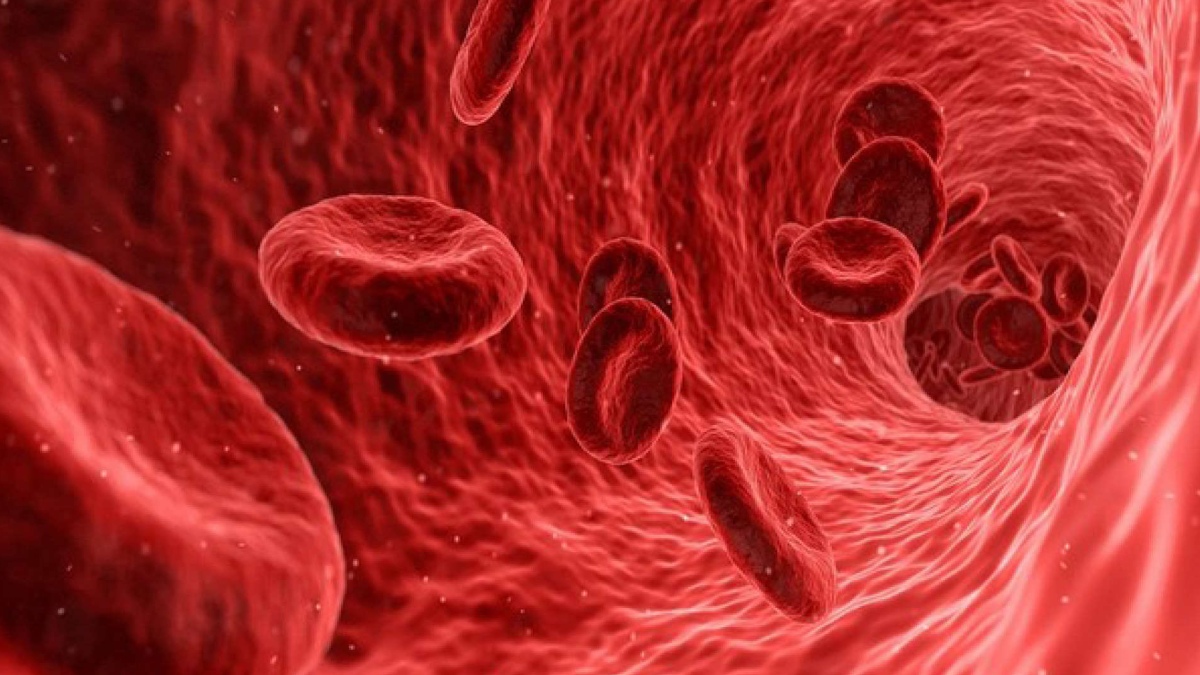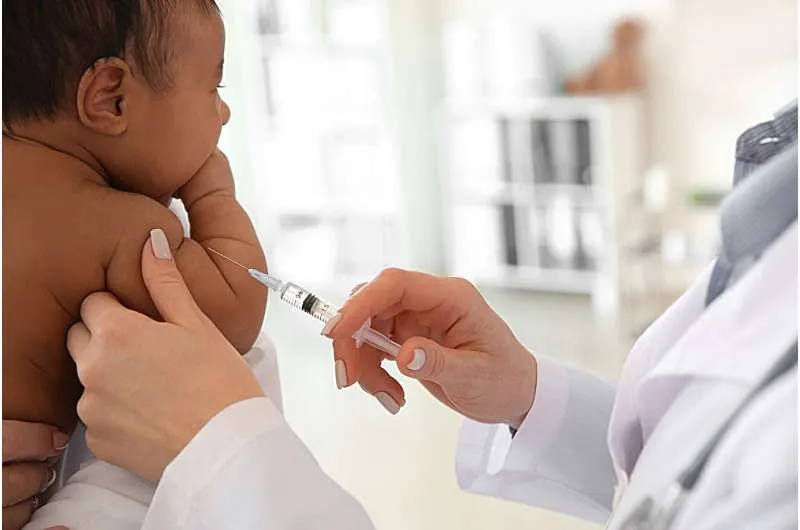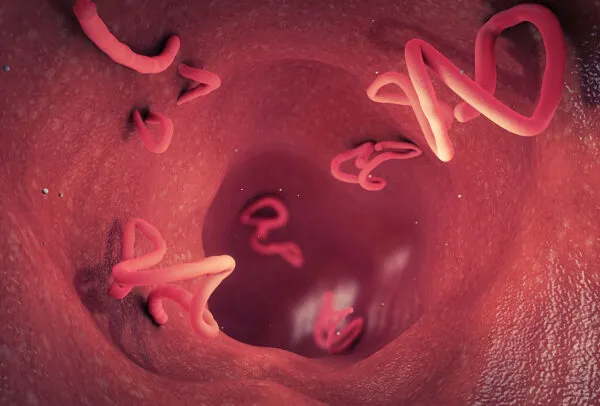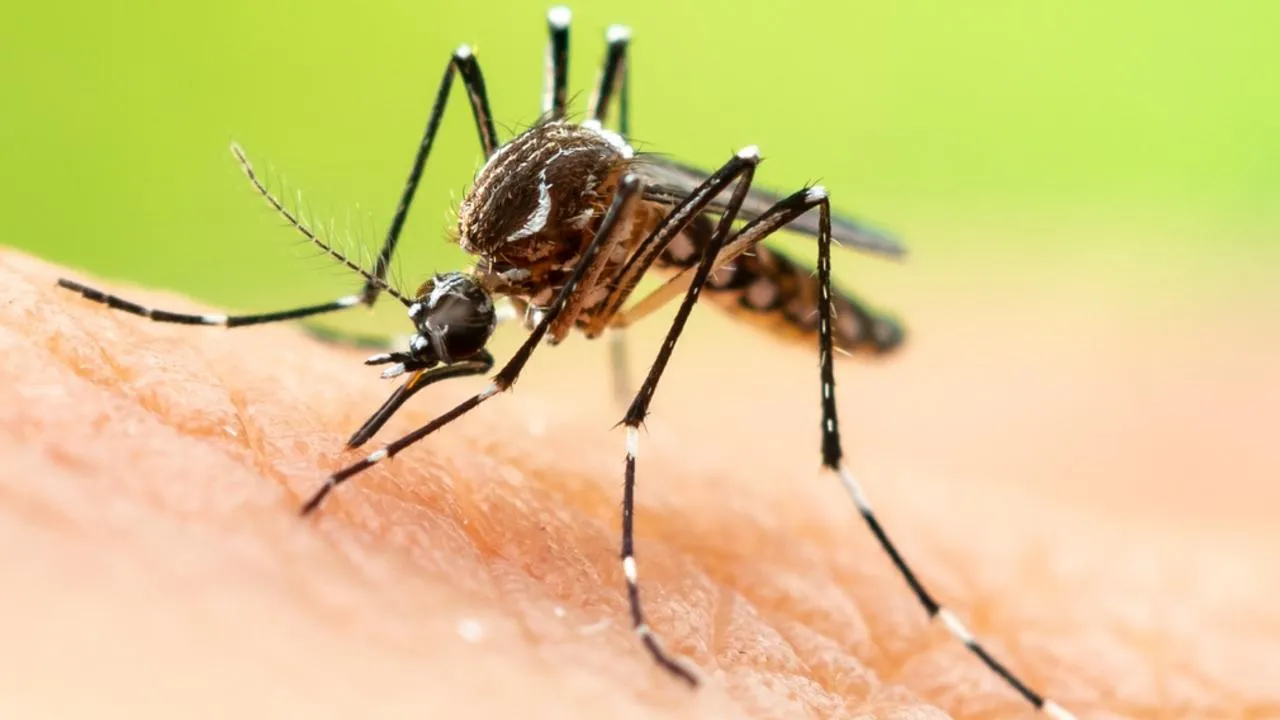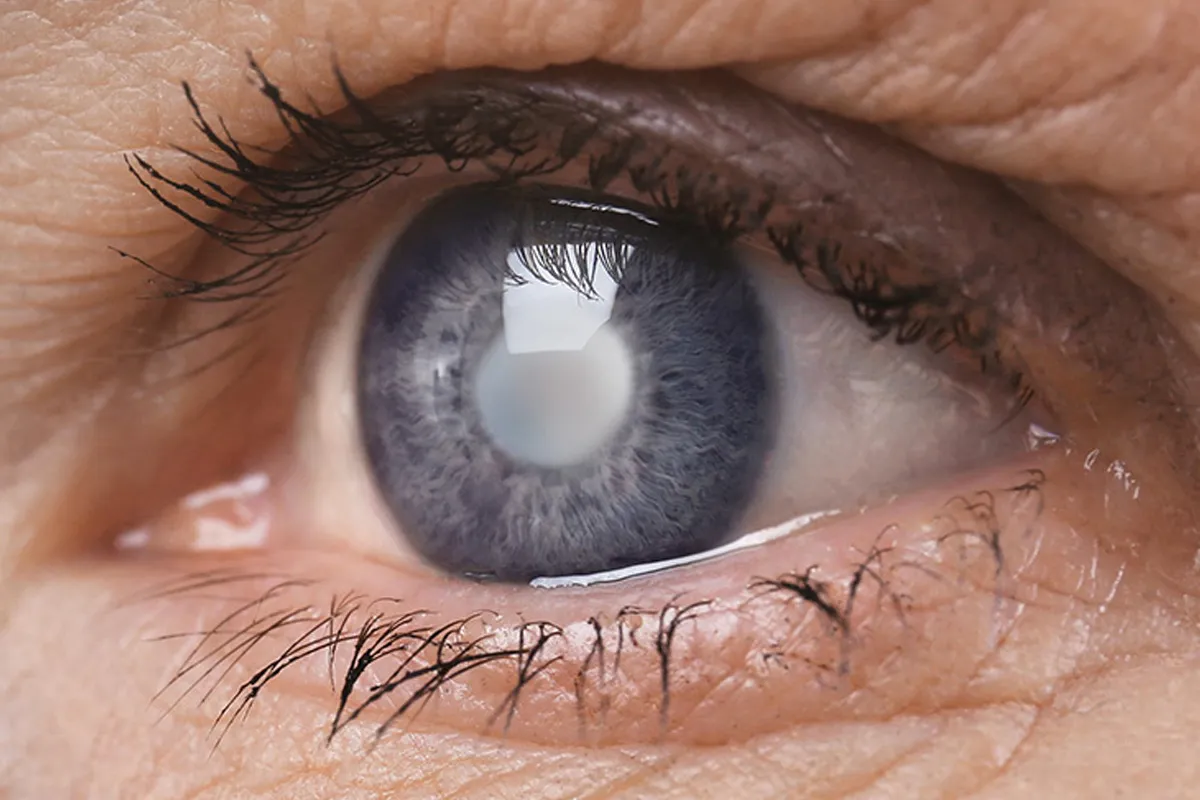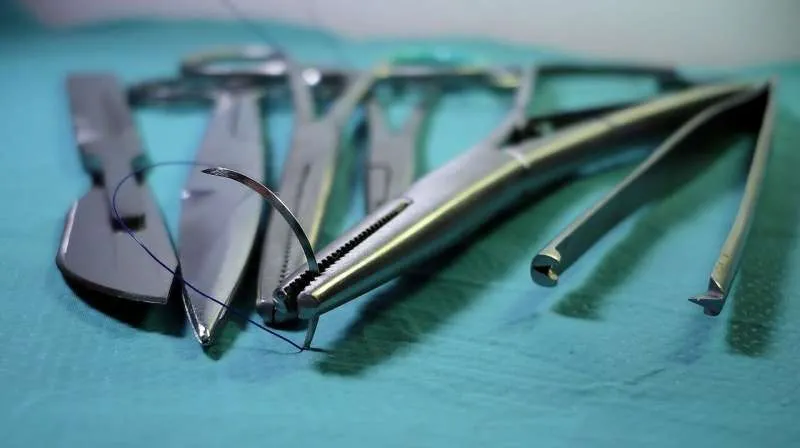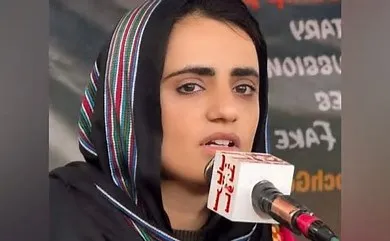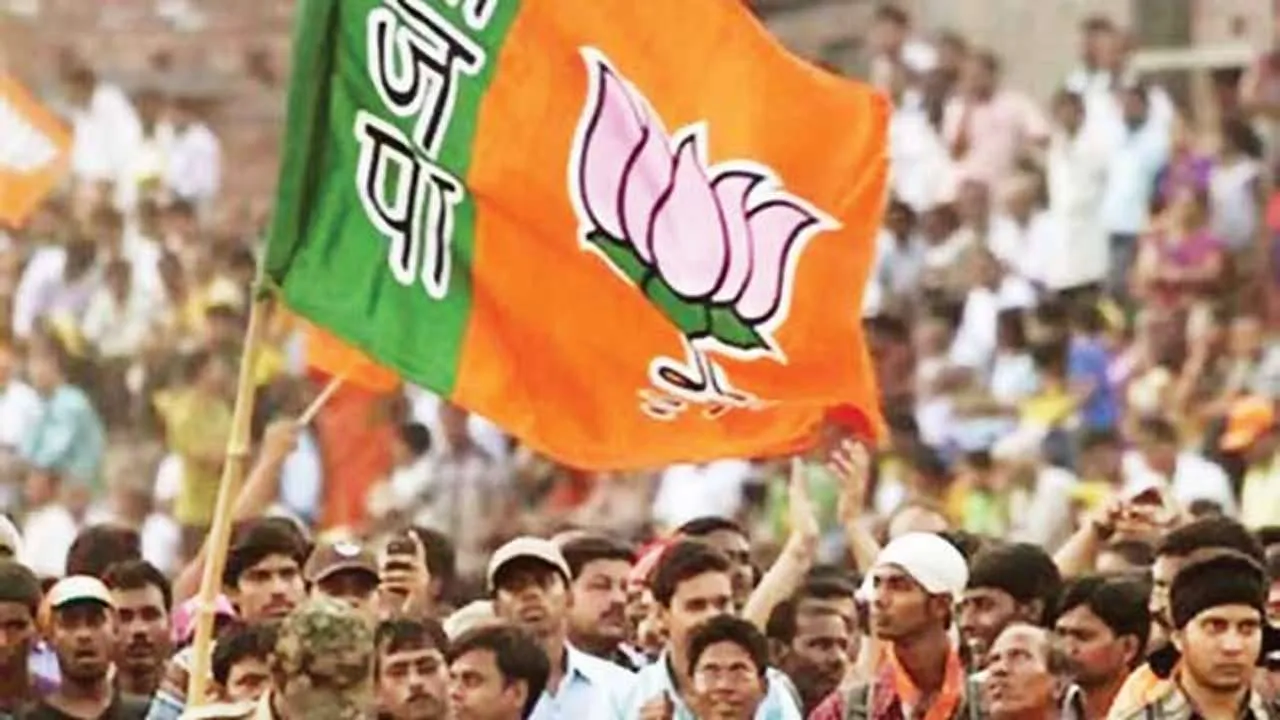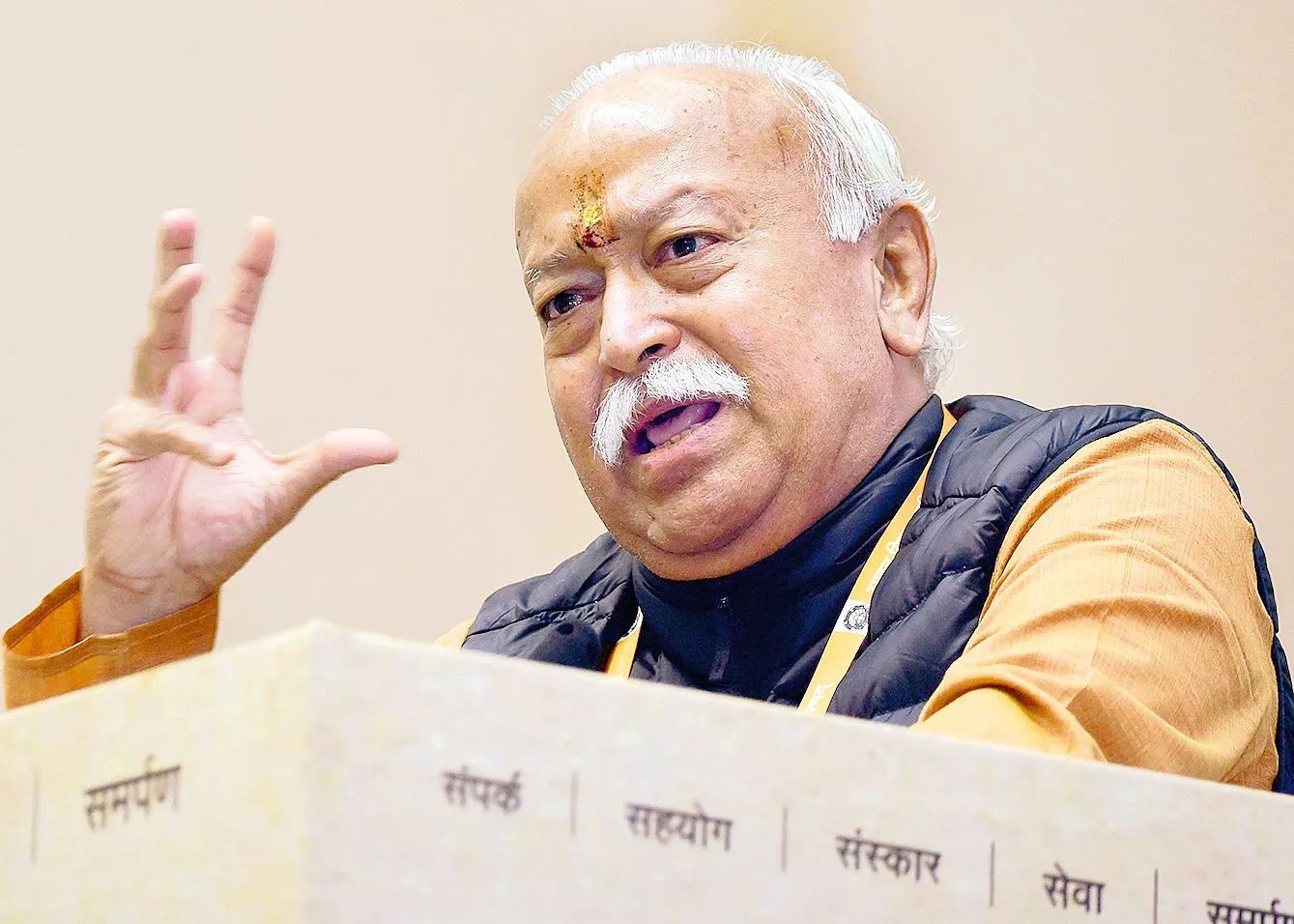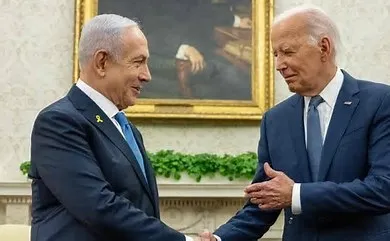How often do you feel lethargic or feel exhausted? Can you barely make it up the stairs without getting winded even though you’re physically fit? If so, you might be lacking in iron.
Although many people don’t think of iron as being a nutrient, but it is an extremely important mineral for our body. Iron helps to transport oxygen throughout our body. It is an important component of hemoglobin, the substance in red blood cells that carries oxygen from your lungs to transport it throughout your body. Hemoglobin represents about two-thirds of the body’s iron. If you don’t have enough iron, your body can’t make enough healthy oxygen-carrying red blood cells. A lack of red blood cells is called iron deficiency anemia.
IRON DEFICIENCY IN INDIA
Iron deficiency that results in anemia has been a major public health burden in India. The incidence of anemia is as much as 53.2 percent among women and 21.7% among men. Iron deficiency occurs when the body lacks adequate iron, which is essential to make haemoglobin, the protein in red blood cells enabling them to transfer oxygen around the body. Without enough oxygen in your blood, you may feel tired, weak, and experience shortness of breath. Your doctor will find out why your iron is low. Usually, you can treat iron deficiency anemia with supplements. Once your iron levels go up, you should start to feel better.
Some symptoms include: Fatigue or weakness; pale or yellow skin; hortness of breath; dizziness or lightheadedness; headaches; fast or irregular heartbeat; chest pain; cold feet and hands; brittle, cracked nails, spoon-shaped nails, hair loss, cracks near the side of your mouth, Pica (cravings for things that aren’t food, like dirt, starch, clay, or ice); sore and swollen tongue and restless legs syndrome (an urge to move your legs while you’re in bed)
How Much Iron Do You Need?
This depends on your age, gender, and overall health. Infants and toddlers need more iron than adults, in general, because their bodies are growing so quickly. In childhood, boys and girls need the same amount of iron — 10 milligrams daily from ages 4 to 8, and 8 mg daily from ages 9 to 13.
Women need more iron because they lose blood each month during their period. That’s why women from ages 19 to 50 need to get 18 mg of iron each day, while men the same age can get away with just 8 mg.
Moreover, you might need more iron, either from dietary sources or from an iron supplement, if you: are pregnant or breastfeeding; have kidney failure (especially if you are undergoing dialysis, which can remove iron from the body) have an ulcer, which can cause blood loss; have a gastrointestinal disorder that prevents your body from absorbing iron normally (such as celiac disease, Crohn’s disease, or ulcerative colitis); take too many antacids, which can prevent your body from absorbing iron; have had weight loss (bariatric) surgery; work out a lot (intense exercise can destroy red blood cells)
If you are a vegetarian or vegan, you may also need to take an iron supplement, because the body doesn’t absorb the type of iron found in plants as well as it absorbs the iron from meat.
FOOD ITEMS THAT CONTAIN IRON
You can easily supplement your child’s Iron needs through diet by including the below-mentioned food items: various kinds of meat like beef, lamb, pork, liver, chicken, turkey; legumes like chickpeas, lentils, dried peas, beans; vegetables like spinach, green peas, broccoli, brussel sprouts. Other food items such as Eggs, Fish, Grains and Cereals
By ensuring that children, women, and all adults consume Iron-rich food, you can guarantee healthy and normal growth.
The author is the Director of Haematology & BMT Dept., Fortis Hospital Mulund
Iron deficiency that results in anemia has been a major public health burden in India. The incidence of anemia is as much as 53.2 percent among women and 21.7% among men. Iron deficiency occurs when the body lacks adequate iron, which is essential to make haemoglobin, the protein in red blood cells enabling them to transfer oxygen around the body.

